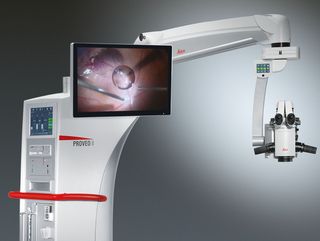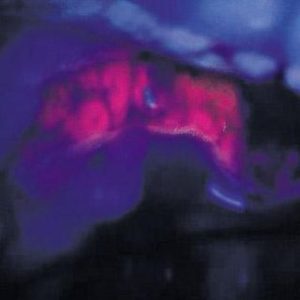DB Surgical offers Short-Term Rentals and Long-Term Leases to provide healthcare facilities with cost-effective access to state-of-the-art surgical equipment. Whether you need a temporary solution for increased case volume or a long-term strategy to manage capital expenditures, our programs ensure you have reliable, high-quality equipment when you need it most.
Short-Term Rentals: On-Demand Surgical Equipment
For facilities facing temporary demand surges, equipment repairs, or special procedures, our Short-Term Rentals offer immediate access to cutting-edge surgical technology without the commitment of ownership.
Key Benefits:
- Immediate Access – Rent surgical microscopes, instruments, and other essential equipment on a per-case basis.
- Fully Maintained & Calibrated – All rentals are expertly serviced, ensuring optimal performance and compliance with safety standards.
- On-Site Support – Certified representatives are available to assist with setup and ensure seamless integration into your workflow.
- Cost-Efficient – Avoid large capital expenditures and only pay for what you use.
Available Rental Equipment:
- Leica Microsystems Surgical Microscopes
- Boss Instruments Surgical Tools
- TeDan Surgical Instruments
- Kirwan Surgical Electrosurgical Products
- Sunoptic Surgical Headlights
- NSK Surgical Drills
Long-Term Leases: Sustainable, Cost-Effective Solutions
For facilities looking for a more predictable and budget-friendly approach, our Long-Term Lease options provide access to premium surgical equipment with the convenience of fixed monthly payments.
Key Benefits:
- Lower Upfront Costs – Secure essential equipment without a large capital investment.
- Predictable Budgeting – Fixed leasing terms provide financial stability and cost control.
- Ongoing Maintenance & Support – Our lease agreements include regular servicing to maintain peak equipment performance.
- Technology Upgrades – Stay ahead with access to the latest advancements in surgical equipment.
Flexible Lease Terms:
- Customizable lease durations to fit your facility’s needs.
- Option to upgrade or extend agreements as technology evolves.
- Comprehensive service plans available with ScopeCare for worry-free maintenance.
Why Choose DB Surgical?
DB Surgical is committed to providing healthcare providers with the flexibility and reliability they need to deliver exceptional patient care. Our rental and lease programs are designed to adapt to your unique challenges while maintaining compliance with industry standards.
To learn more, contact your representative here: Contact Us
To obtain information on pricing and availability, submit a request here: Quote Request









